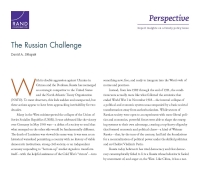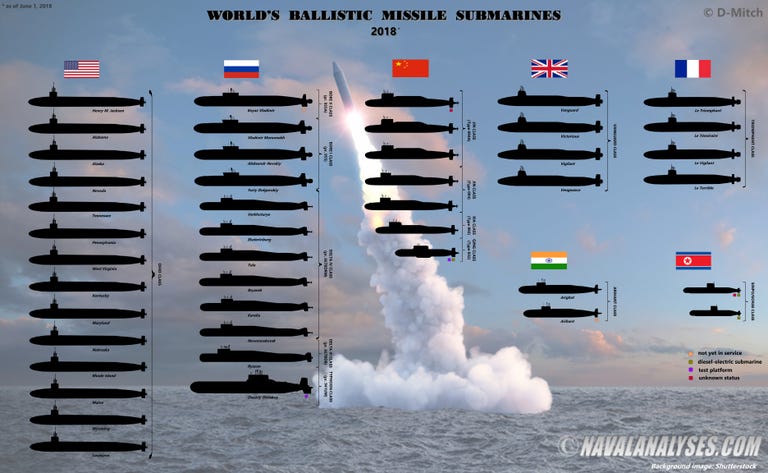By Dr. S.Chandrasekharan
Ever since the Prime Minister of India inaugurated the Kishenganga Project in Jammu and Kashmir, the Pakistan media has been coming out with a spate of articles accusing India of violating the Indus Water Treaty of 1960. On Pakistan’s insistence, the issue had gone for arbitration twice in 2010 and 2013. Pakistani officialdom and the media have once again begun the demand for arbitration though the issue was once before settled. Strangely, the country which has been the nursery of terrorists is accusing India of “Water Terrorism”
The Project:







:brightness(10):contrast(5):no_upscale():format(webp)/china-box-56a9a73b3df78cf772a93f8d.jpg)



